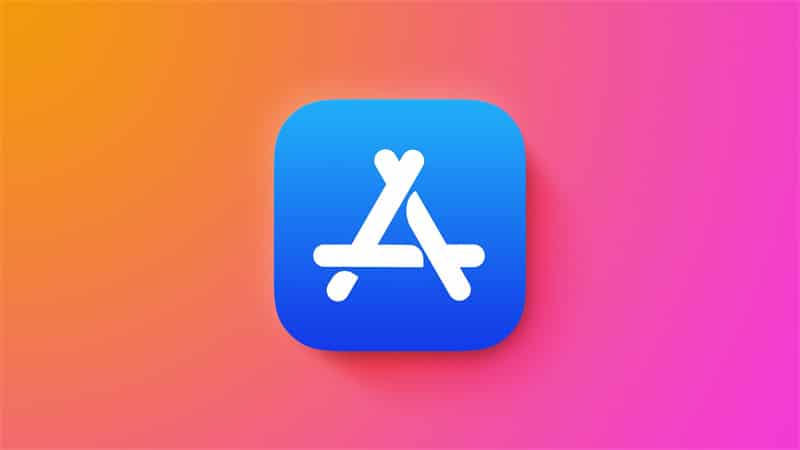
In today's digital age, match apps have revolutionized the way people search for suitable options and connections across various domains. Whether it's finding a compatible romantic partner, a compatible job opportunity, or a compatible roommate, match apps have emerged as powerful tools that consider user input to offer personalized options and recommendations.
Gone are the days of relying solely on chance encounters or sifting through countless generic search results. Match apps empower individuals to actively participate in the matchmaking process by providing their input, preferences, and criteria. By doing so, these apps aim to increase the chances of finding the right fit and foster more meaningful and fulfilling connections.
Match apps cater to a wide range of domains, from dating and relationships to professional networking and housing. Regardless of the specific context, the underlying principle remains the same – leveraging user input to curate tailored options and improve the overall matchmaking experience.
These apps understand that each individual has unique preferences, criteria, and requirements. By considering and incorporating user input, match apps strive to align the available options with the user's specific needs and desires. This approach not only saves time and effort but also increases the likelihood of successful matches and satisfying outcomes.
User Input in Match Apps

User input forms the foundation of match apps, playing a crucial role in the matchmaking process. These apps recognize the importance of understanding individual preferences, criteria, and requirements to offer tailored options and recommendations. By actively involving users in the decision-making process, match apps increase the likelihood of successful matches and create a more personalized experience.
When it comes to user input, match apps consider a variety of factors to ensure the best possible matches. These can include preferences related to age range, gender, interests, occupation, and relationship goals. For instance, in the context of casual dating sites, users may be prompted to specify their preferred age range, location, and desired level of commitment.
By taking into account these preferences, match apps can present users with potential matches that align closely with their desired criteria and increase the chances of finding compatible partners.
Location is another important aspect of user input considered by match apps. Whether it's finding a local job opportunity or a potential date nearby, match apps often incorporate location as a key factor. This ensures that the options presented to users are geographically relevant and meet their specific requirements.
To gather the necessary user input, match apps employ a range of questions and prompts. For example, users may be asked about their hobbies, favorite activities, or desired qualities in a potential match. These questions aim to extract relevant information that helps the app's algorithms understand the user's preferences and generate appropriate recommendations.
In the context of dating sites, users may be asked about their preferred dating style, whether they are seeking long-term relationships or casual encounters. By providing such input, users can be matched with individuals who share similar dating preferences and increase the chances of a successful and enjoyable dating experience.
In summary, user input holds immense value in match apps. By considering user preferences, criteria, and location, these apps are able to offer tailored options and recommendations.
Users are prompted to provide relevant information through various questions and prompts, ensuring that the app's algorithms can generate accurate and personalized matches. Whether it's finding a compatible partner on dating sites or exploring other domains, match apps rely on user input to create a positive and customized experience for their users.
Data Collection and Analysis
Match apps employ various methods to collect user input, ensuring that they gather relevant information to facilitate accurate matchmaking. These apps provide users with intuitive interfaces that prompt them to input their preferences, criteria, and other relevant details.
In the context of dating sites, users may be guided through a series of questions that cover aspects such as relationship goals, preferred physical attributes, and desired levels of commitment. By using these methods, match apps create a user-friendly environment that encourages individuals to provide comprehensive and meaningful input.
Algorithms and machine learning play a pivotal role in the analysis of user input within match apps. These sophisticated technologies enable the apps to process and interpret the collected data in order to generate suitable matches. By leveraging algorithms, match apps can identify patterns, correlations, and similarities among user profiles, increasing the accuracy of the matchmaking process.
Even sites like omegle provide very resourceful information which depends a lot on data collection and analysis. Machine learning algorithms also facilitate continuous improvement and adaptation, as they learn from user behavior and feedback over time. In the context of casual dating sites, algorithms can analyze the provided preferences and criteria to suggest potential matches that align with the user's desired dating style and expectations.
When handling user input, match apps consider user demographics and personal information to enhance the matchmaking process. Demographic data such as age, gender, and location can be crucial factors in generating relevant matches. By incorporating demographic information, match apps ensure that the presented options are appropriate and align with the user's specific context.
Additionally, personal information shared by users is treated with utmost care and privacy, allowing users to feel confident and secure in their interaction within the app's ecosystem.
In summary, match apps employ effective methods for collecting user input, leveraging algorithms and machine learning to analyze the provided data. By considering user demographics and personal information, these apps enhance the accuracy and relevance of the generated matches.
Within the realm of dating sites, these technologies ensure that users receive tailored recommendations that align with their preferences and desired dating experiences.
Generating Options

Match apps utilize user input as a foundational element to generate a curated set of options that align with the user's preferences, criteria, and desired outcomes. By leveraging the data provided by users, these apps aim to present individuals with a range of choices that have a higher likelihood of meeting their specific needs and requirements.
User input serves as the basis for matching algorithms employed by match apps. These algorithms use advanced techniques to analyze the user's input and compare it with the available profiles or listings in the app's database. The algorithms consider various factors such as preferences, location, demographics, and other relevant criteria to identify potential matches.
Matching algorithms often assign weights or scores to different attributes based on their importance to the user. For example, in the context of dating sites, the algorithm may prioritize factors such as shared interests, compatibility of relationship goals, or physical attributes based on the user's input. By assigning significance to specific criteria, the algorithms can generate matches that closely align with the user's desired outcomes.
Furthermore, match apps strive to strike a balance between user preferences and the available options. While user preferences are essential, it is equally crucial to ensure a sufficient pool of potential matches to avoid overly restrictive or limited results. Balancing user preferences and available options helps to optimize the matching process and increase the chances of finding suitable connections.
To achieve this balance, match apps may employ different strategies. They might broaden the scope of potential matches slightly to encompass individuals who may not perfectly fit all the user's preferences but still have significant compatibility. Additionally, apps may also provide options for users to adjust their preferences or criteria within a certain range to expand the possibilities while still staying within the user's desired parameters.
The ultimate goal of generating options in match apps is to present users with a curated selection that satisfies their preferences and increases the probability of successful matches. By using user input and employing sophisticated matching algorithms, match apps strive to create a positive and efficient user experience, ensuring that individuals have a higher chance of finding connections that align with their desired criteria and expectations.
Conclusion
Match apps have transformed the way people navigate the process of finding suitable options and connections in various domains. By leveraging user input, these apps offer a personalized and streamlined experience, increasing the likelihood of successful matches and fostering meaningful connections.
The integration of user input is a key aspect of match apps, allowing individuals to define their preferences, criteria, and desired outcomes. Whether it's selecting preferences on dating sites, specifying job requirements on professional networking platforms, or outlining desired qualities in a potential roommate, user input serves as the foundation for generating tailored options.
The data collection and analysis techniques employed by match apps enable them to effectively process and interpret user input. Advanced algorithms and machine learning algorithms play a crucial role in analyzing the provided data, identifying patterns, and generating suitable matches. This continuous learning process allows match apps to adapt and improve over time, refining the accuracy and relevance of the recommendations.
The generation of options in match apps is a delicate balance between user preferences and the available pool of matches. While it is essential to consider user preferences to create a personalized experience, match apps also strive to provide a variety of options to enhance the chances of finding suitable connections. By striking this balance, match apps optimize the matching process and offer users a range of choices that align with their preferences while still providing opportunities for discovery.










